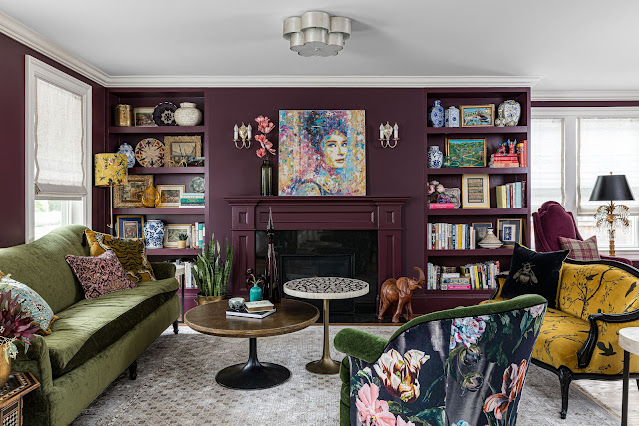Basics of False Ceilings
False ceilings are often secondary ceilings hung below the main ceiling with the help of suspension cords or struts. These are also referred to as drop ceiling, T-bar ceiling, false ceiling, suspended ceiling, grid ceiling, drop in ceiling, drop out ceiling, or ceiling tiles.
A staple of modern construction and architecture in both residential and commercial applications, these ceilings are crafted from a wide range of materials such as:-
POP (plaster of Paris)
Gypsum board
Asbestos sheets
Particle board
Aluminium panel
Wood, etc.
Common False Ceiling Materials
Gypsum False Ceiling
Gypsum used in the construction of lightweight ceilings. They usually come in the form of boards that are then hung off the ceiling with iron or wooden frameworks and given a lick of paint.
Features:-
Light in weight
Flexible in design and construction
Sound and heat resistant
Fire and moisture resistant
Bears load up to 15 kg.
Plaster of Paris (POP) False Ceiling
POP is mixed with water and is applied to fiberboard or wood base which suspends to form the ceiling. It is particularly easy to shape and source. POP false ceilings are long-lasting and are well-insulated even in almost all weather conditions.
Features:-
Smooth finish
Surface can be painted and customized
Easy to construct
Lightweight
Thickness: 2-15 mm
Price depends on design pattern
Wooden False Ceiling
Wooden False Ceiling adds a warm touch to your room by their natural grain and textures. Due to it's high price, these are most commonly seen in residential buildings as opposed to large-scale commercial projects.
Features:-
They are strong
Available in different shapes and customized designs
Can be treated for longer life span
Difficult to maintain
Change in appearance with time
Expensive
PVC False Ceiling
Polyvinyl Chloride or PVC ceiling is also one of the most commonly used ceiling systems. It solves the problem of cleaning and maintenance. PVC false ceiling also incorporates flush fitting and hidden lighting system.
Features:-
Light weight
Moisture resistant
Economical
Low maintenance
Waterproof
Available in different shapes and customized designs
Durable
Easy to install
Termite proof
Conclusion
Adding a false ceiling to an existing or new interior design plan enlivens the space. These are usually mounted at a minimum distance of 8 inches from the original ceiling.
False ceilings make the typical flat ceiling look attractive but with minimal costing. Besides the aesthetic appeal of it, false ceilings are functional features that improve acoustics, they cover unsightly wires and pipes, they can be designed around air conditioning ducts and lower electricity consumption.








Comments
Post a Comment